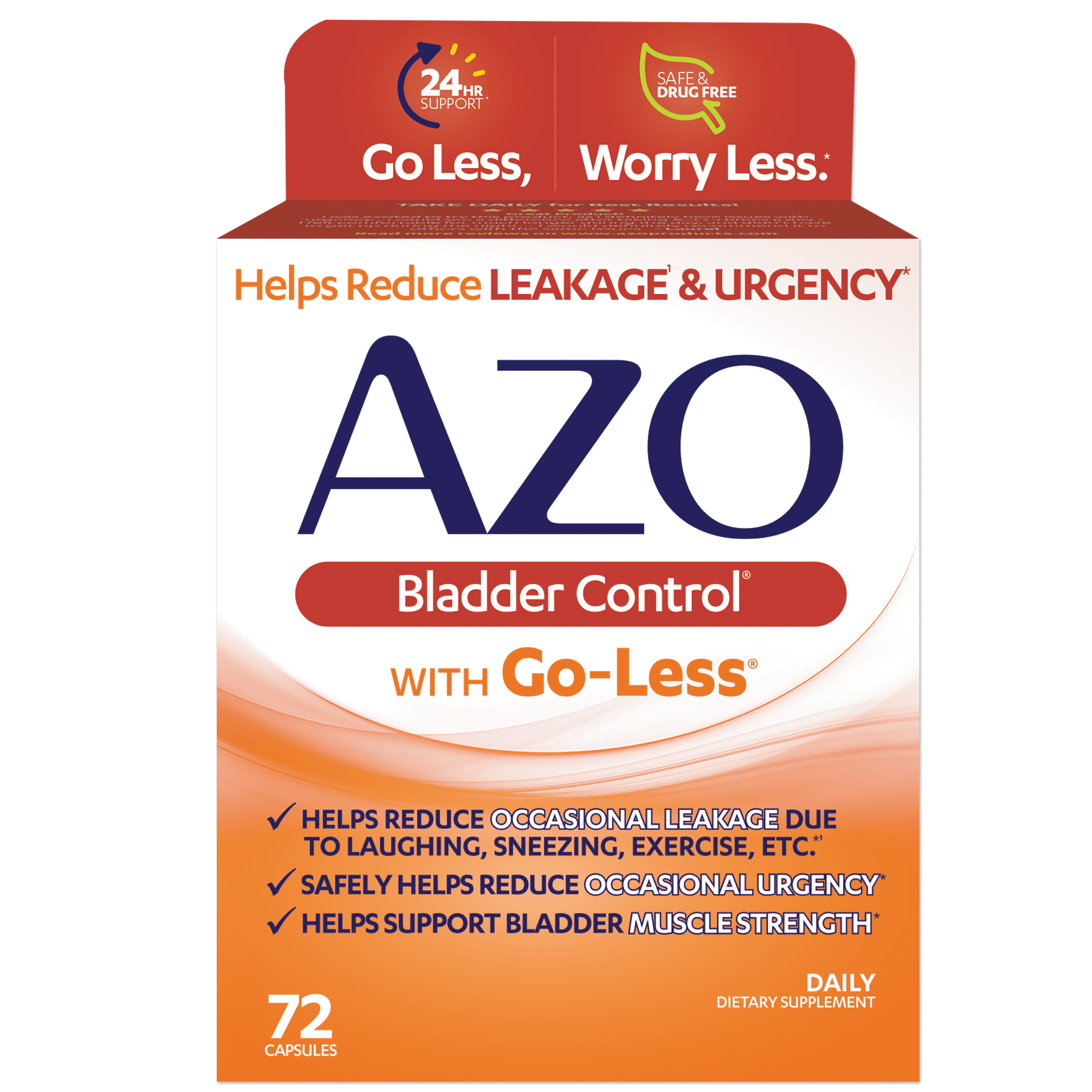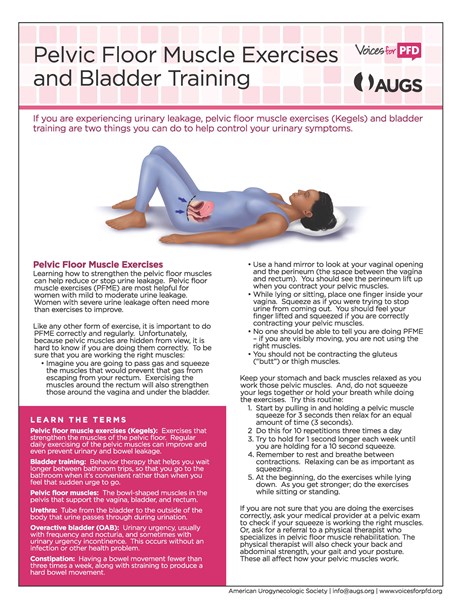
September 3, 2024
3 Reasons That Peeing Is A Problem After Pregnancy

Postpartum Recovery: Answers To The Common Inquiries Asked By Brand-new Mommies These foods can cause a rise in the sense of seriousness and more trips to the bathroom. Cigarettes follow this link are additionally a bladder toxic irritant and smoking ought to be stayed clear of. Having to pee regularly during pregnancy is extremely common. There are some basic steps you can take while pregnant to help stop urinary incontinence. The therapy will certainly depend on what type of incontinence you have and how extreme it is.
Does urinary system incontinence disappear?
Very first line treatments for urinary incontinence rely on specific situations, however can consist of reinforcing workouts(Kegels ), bladder training, nerve inflection, pelvic floor treatment, electrical excitement to improve pelvic flooring muscle contraction, or a pessary. Urinary urinary incontinence typically goes away by itself within a couple of weeks of delivering, although for some ladies, it may last a bit much longer. Kegels can help, however if it's affecting your lifestyle or you're concerned, you may be described a urogynecologist for an evaluation.

Just How To Do Kegel Workouts
The company will gently press on the pelvic flooring muscle mass with a gloved examination finger inside your vaginal canal and ask you to press the muscles. Make certain you're not squeezing your belly, legs, or gluteal muscle mass at the same time, and do not hold your breath. Anxiety urinary incontinence (SUI) is a typical professional postpartum problem. It is essential to discover the risk variables of postpartum SUI in primiparas to give evidence assistance for protecting against and lowering the event of SUI. Postpartum urinary incontinence is the spontaneous leaking of urine that brand-new mothers may experience.Coping With Urinary Incontinence
The pelvic floor muscles are a supportive container of muscle mass affixed to the pelvic bones by connective cells to sustain the vaginal area, uterus, bladder and bowel. It is suggested to stay clear of maternity following childbirth due to the fact that this is the moment the body is recovery. If a lady gets expectant ahead of time, there is constantly a risk of early delivery. Web content on this internet site is provided for info functions just. The information and materials included on this website are not meant to constitute a thorough overview worrying all elements of the therapy, item or therapy described on the web site. The muscular tissues that exist directly below the vagina and surround the rectum are the muscular tissues that control defecation. Throughout the last stages of labor, pushing the child through the vagina to delivery, these muscles are subjected to enormous forces and stress. Just as for urinary system incontinence, there is a greater possibility of anal incontinence for a female complying with a vaginal delivery than adhering to a cesarean area.- When a lady is expecting, the growing child and increasing uterus place a great deal of pressure on the bladder.
- When Bubnic very first found the severity of her injury, she really did not recognize any person else who had encountered a comparable situation.
- The pudendal and pelvic nerves bring the signals from the brain to the muscles that hold the bladder and anus in place.
- A mother feels the anxiousness of getting used to the demands and needs of a newborn and the tension of going back to regular life immediately.
- Females might also see their signs completely resolve by maintaining a healthy and balanced routine and shedding any added post-pregnancy weight.
Social Links